Published Aug 4, 2020
24 Classic Sci-Fi and Fantasy Books To Read Based On Your Favorite Star Trek Character
Journey to far off worlds and strange civilizations with this classic genre list
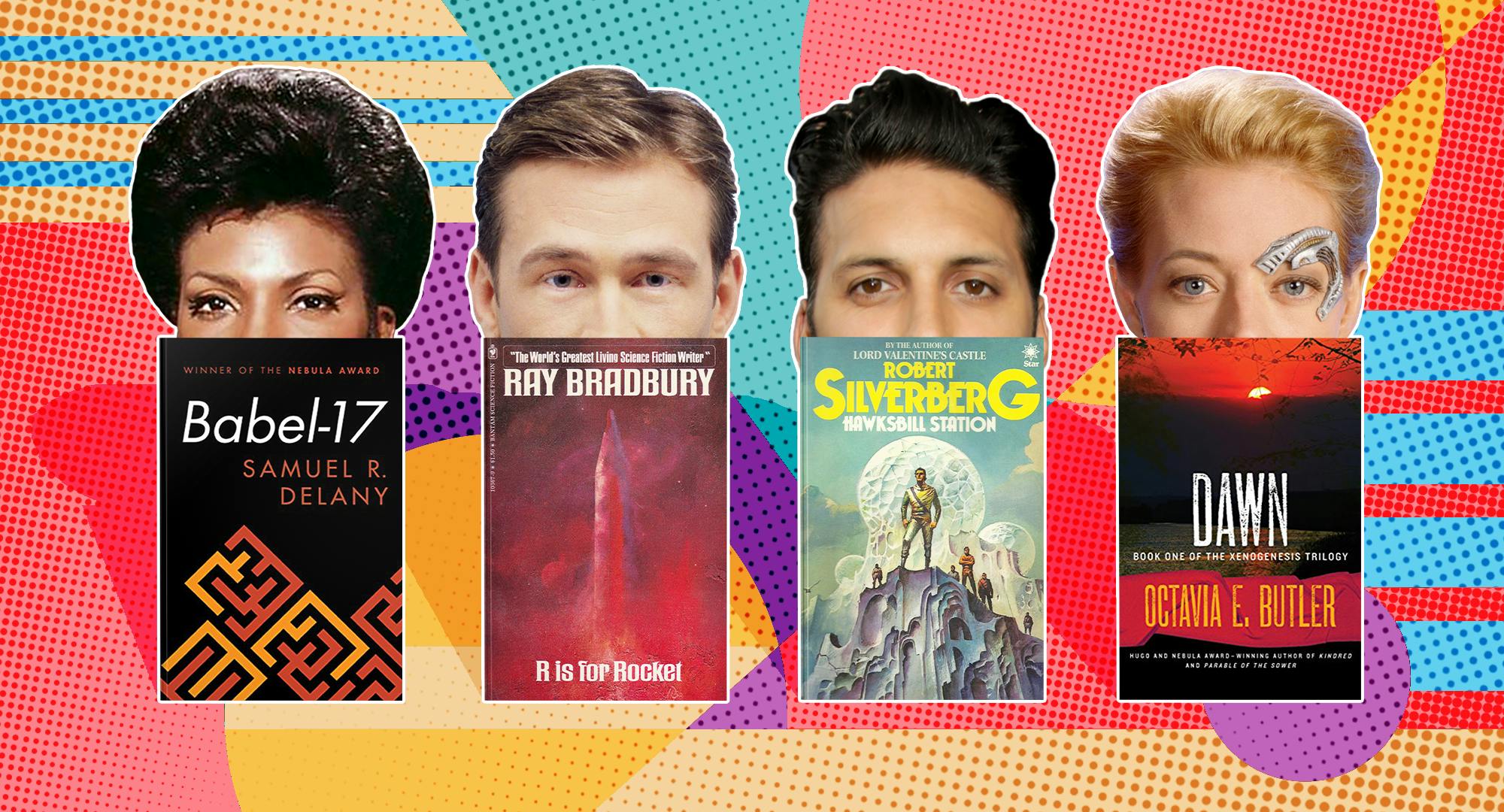
StarTrek.com
This summer, catch up on the classics by reading one of these 24 classic science fiction novels based on your favorite Star Trek character. Some of these books predate Star Trek and influenced its making, while others were written during or shortly after The Original Series. Because Star Trek watchers tend to be avid readers already, most of these books are outside the typical canon, even when written by well-known authors! Hopefully, everyone can find a book on this list they’ve never read before.
Jonathan Archer — The First Men in the Moon by H.G. Wells
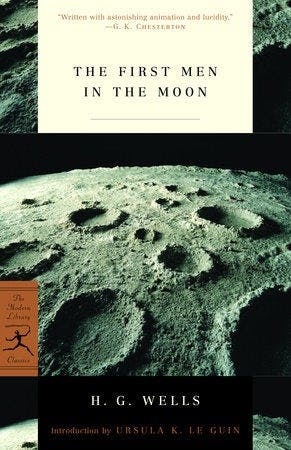
Dover Publishing
In this H.G. Wells classic, a down-on-his-luck writer and eccentric scientist become the first men to travel to the moon. Neither is prepared for what they find there — thick vegetation, mooncalves, and the sinister alien Selenites. Published in 1900, The First Men in the Moon is an adventurous romp and surprisingly funny. As the captain of the first starship, it seems fitting to pair Jonathan Archer with one of the first books about space travel and encountering alien life.
Charles "Trip" Tucker III — R is for Rocket by Ray Bradbury
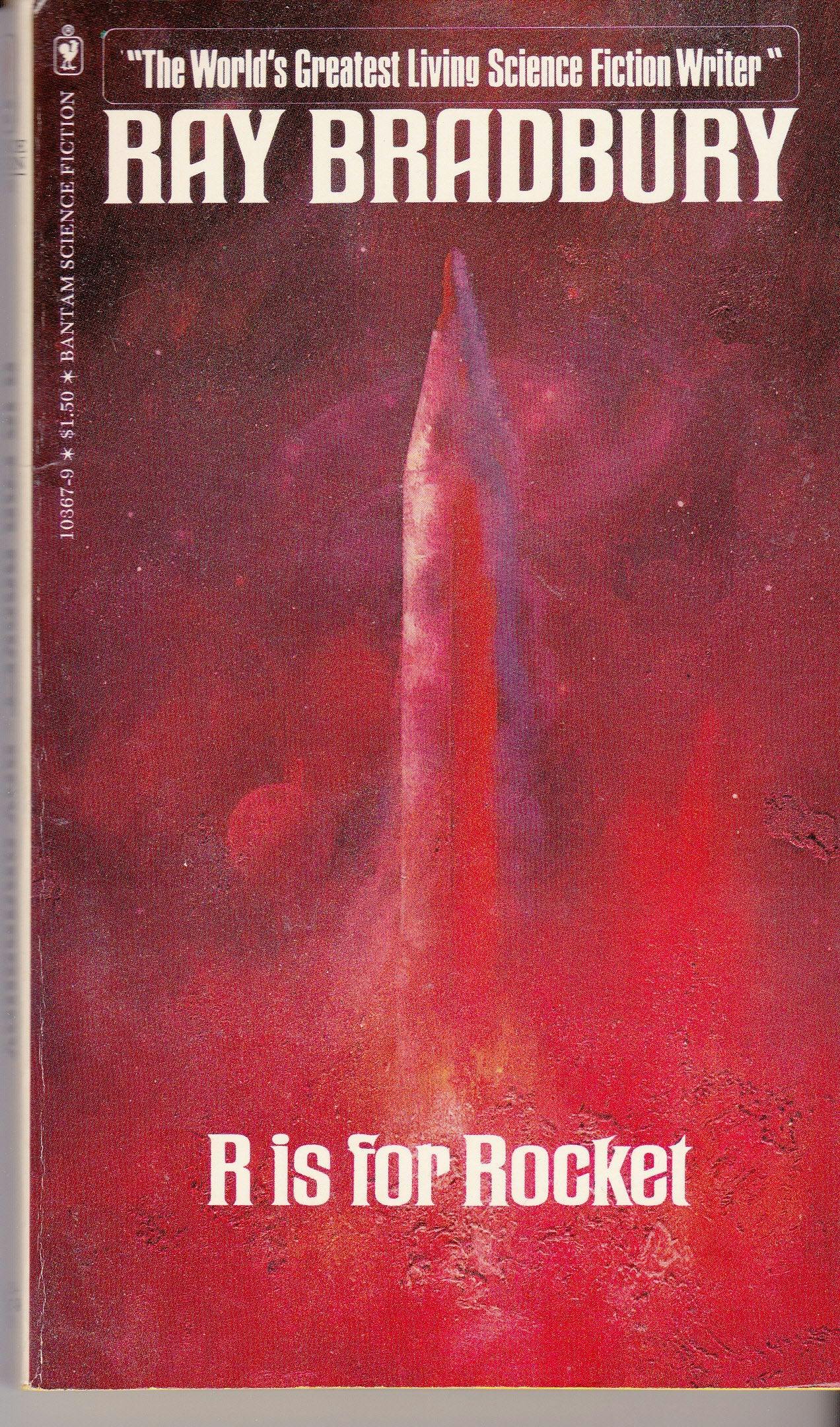
Spectra
R is for Rocket contains 15 short stories from classic science fiction writer Ray Bradbury, best known for his novel Fahrenheit 451 and the short story collection The Martian Chronicles. Like Trip, these stories are full of the wonder of space, and the collection is just as good as The Martian Chronicles.
Michael Burnham — Of One Blood by Pauline Hopkins
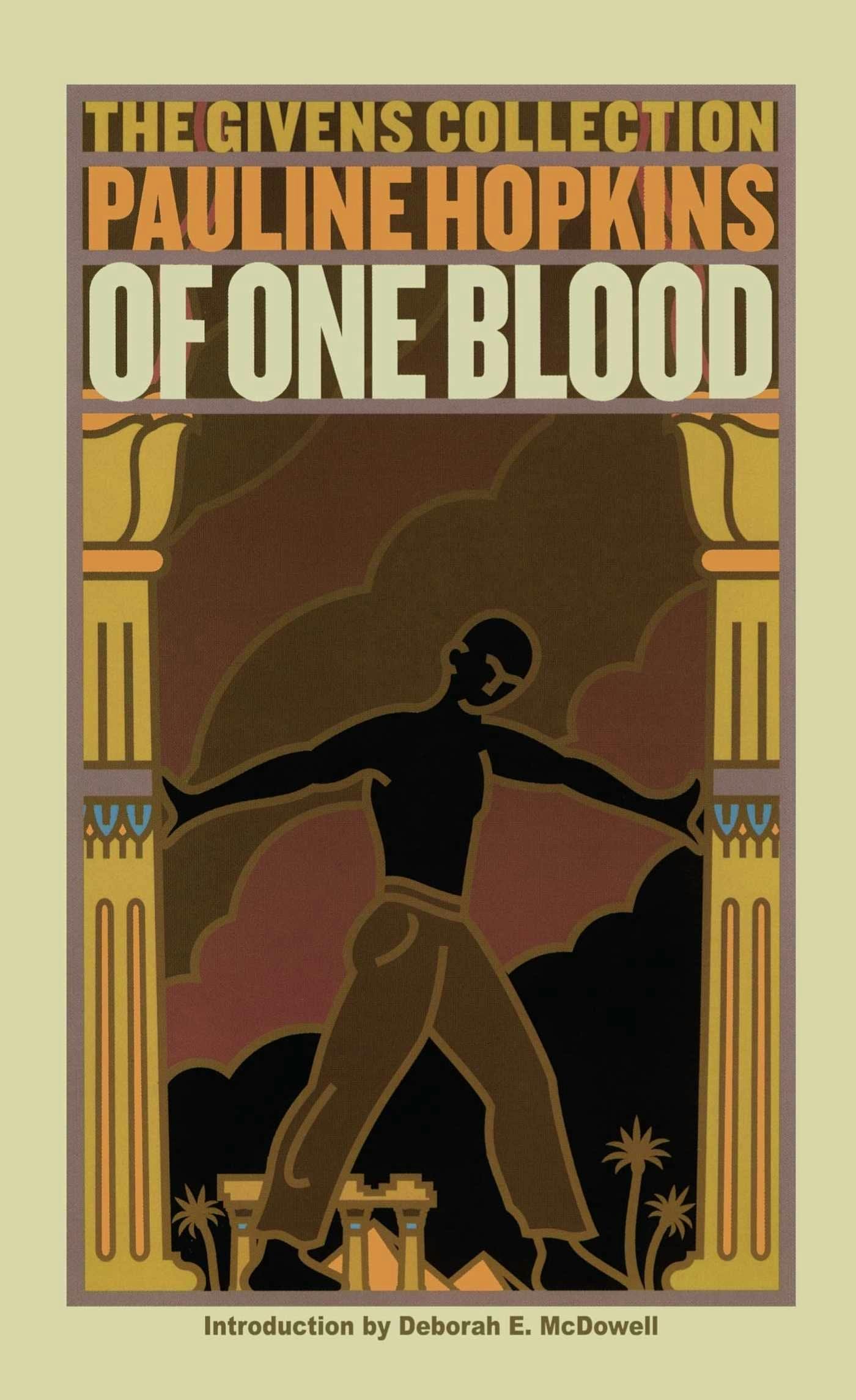
Washington Square Press
Pauline Hopkins was an African American journalist and writer of the late 19th and early 20th centuries. Published in 1903, Of One Blood — her fourth and final novel — follows Black medical student Reuel Briggs on an archaeological trip to Ethiopia. What begins as a plan to steal Ethiopian treasures turns into a quest of self-discovery as death, kidnapping, and murder plague the expedition and he finds himself falling in love with a queen. The novel combines religion with science and has a fantastical feel. Given Michael Burnham’s enjoyment of Alice in Wonderland and also her love for science, this seems like just the book she’d want to read during her downtime.
Ash Tyler — Hawksbill Station by Robert Silverberg
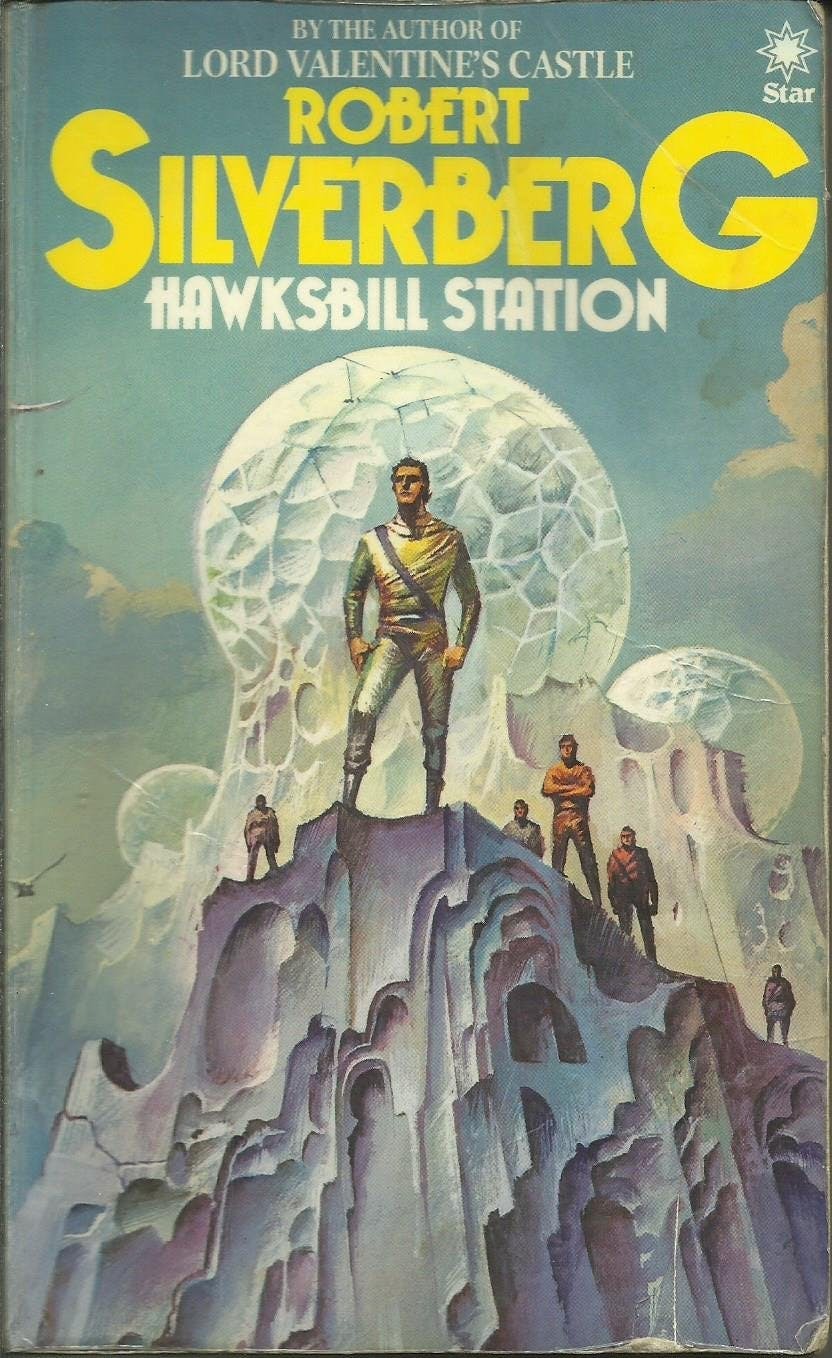
Grand Central Pub
Hawksbill Station is a penal colony for political prisoners. Set one billion years in the Earth’s past — during the Cambrian Period — it can only be reached by time travel. Despite being sent to Hawksbill Station decades ago, Jim Barrett’s arrest still haunts him. He’s become something of a leader with the other 150 prisoners, but when a new prisoner arrives who is much younger and apolitical, he begins to wonder about the nature of Earth’s future. This is a fast-paced novella that examines political philosophies and the effects of isolation. Ash Tyler, with his experience between two different political factions, would find it fascinating.
Captain Philippa Georgiou — “Sultana’s Dream” by Rokeya Sakhawat Hossain
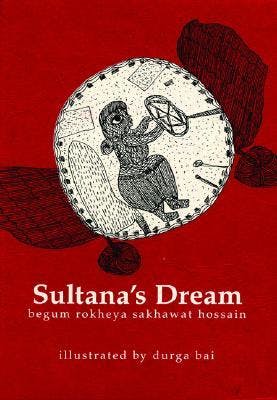
Tara Books
First published in 1905 by the Bengali Muslim feminist Rokeya Sakhawat Hossain, the short story “Sultana’s Dream” depicts a utopia where women rule peacefully while men are delegated to the home. Women scientists have made many scientific advances: flying cars, cloud condensers that control the weather, solar-powered ovens. Women came to be in charge after winning a war with men, and since men are only good at war-mongering and smoking their pipes, they’re forced to stay at home while the women improve society. This story encapsulates both versions of Georgiou: the peaceful and kind captain and the ruthless and cunning imperial majesty.
Paul Stamets — Flatland: A Romance of Many Dimensions by Edwin Abbott
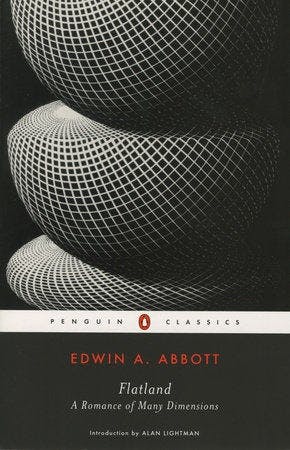
Chump Change
Flatland is a satirical mathematical novella first published in 1884 that introduces multidimensional space. The narrator, A Square, lives in a two-dimensional world, Flatland, and tries to convince its monarch of the possibility of multiple dimensions. A Square is mocked, but afterward, he’s visited by a sphere from Spaceland, who comes to him at the turn of each millennium to show him the possibilities of three-dimensional space. A Square also dreams of Lineland — one-dimensional space — and hopes to someday visit the fourth dimension. Paul Stamets would certainly appreciate this treatise on multiple dimensions and the possibilities of geometry and empathize with A Square as he travels between worlds that expand his conceptions of reality.
James T. Kirk — The End of Eternity by Isaac Asimov
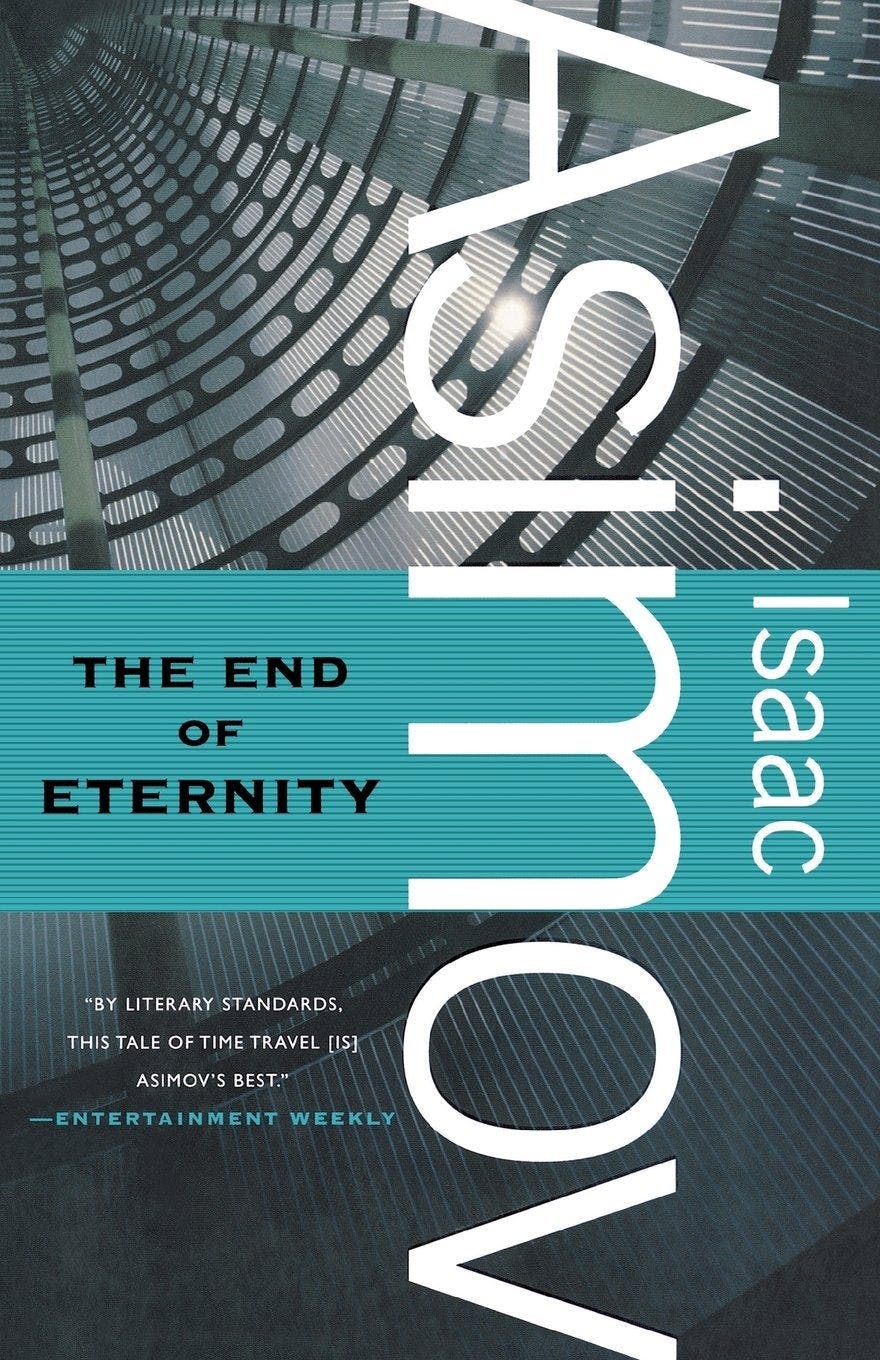
Orb Books
The End of Eternity depicts a future where time can be shaped to the benefit of humankind. Andrew Harlan is an Eternal who travels back and forth in time making slight alterations to a timeline to improve the future. He’s dedicated to his work and following the rules until he meets a beautiful woman and promptly falls in love. Now he’s willing to disrupt all of time to be with his girl. This is an intriguing time travel novel and Andrew Harlan shares some of Captain Kirk’s proclivities. Authoring or editing more than 500 sci-fi books, Isaac Asimov was a powerhouse of science fiction, and The End of Eternity is one of his best.
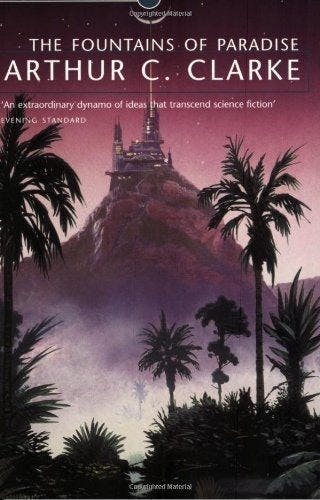
Harcourt Brace Jovanovich
Arthur C. Clarke was a contemporary of Asimov and another one of the most popular science fiction authors of the time. In The Fountains of Paradise, engineer Van designs a space elevator that will connect Earth to the stars and planets above. When the head of a Buddhist temple refuses to let Van build the elevator on their land — the only feasible spot — Martians contact him asking that he build the elevator on Mars instead. As construction gets underway, a series of mishaps plague the project. Spock would be interested in this mix of hard science with the foibles of early humankind.
Leonard "Bones" McCoy — The Halcyon Drift by Brian Stableford
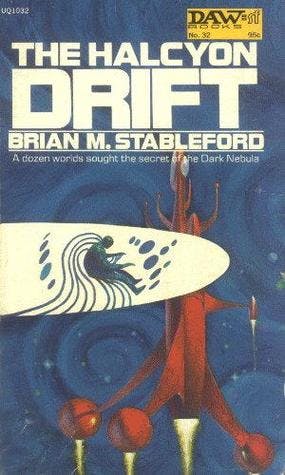
Macmillan
After starship pilot Grangier is rescued from a shipwreck in the Halcyon Drift, he’s forced to fly a prototype of a new intergalactic spaceship called the Hooded Swan. Of course his new mission takes him right back to the Halcyon Drift, where he has to help his old boss, a mad scientist, hunt for another lost spaceship. Meanwhile, there’s an alien parasite living in Grangier’s head that’s decided to be his conscience. While the plot may not sound too similar to anything McCoy has experienced, Grangier’s acerbic and independent-minded personality is very similar to McCoy’s.
Uhura — Babel-17 by Samuel R. Delany
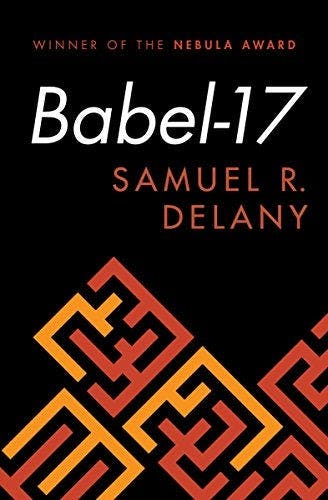
Vintage
The Sapir-Whorf hypothesis posits that language shapes thoughts. In Babel-17, Delany extrapolates on this hypothesis by creating a language that can be used as a weapon. The Alliance tasks Starship Captain, linguist, and poet Rydra Wong with trying to determine how the Invaders are infiltrating their plans. She at first thinks Babel-17 is a code used by the Invaders, but she soon realizes it’s a powerful language, and the more she learns it, the more it changes her way of thinking. This fascinating linguistic space opera is perfect for Uhura fans.
Jean-Luc Picard — Star Maker by Olaf Stapledon
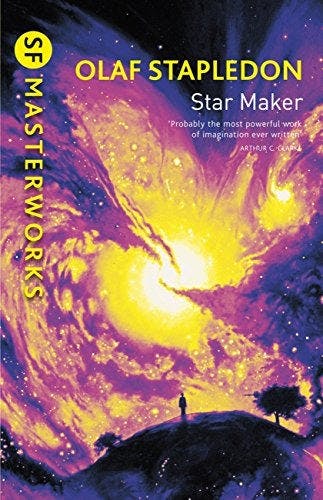
Bibliotech Press
Published in 1937 by British philosopher Olaf Stapledon, Star Maker influenced many science fiction authors, including Arthur C. Clarke, and was lauded by famous contemporaries like Virginia Woolf and Jorge Luis Borges. It tells the story of a man who is transported out of his body and finds himself able to travel to other planets. After studying the alien life on an advanced planet closely, he’s able to merge his mind with one of its inhabitants, and they travel together through space and time as more minds join theirs. Star Maker is a breathtaking vision of alien life and the universe, sure to impress Picard with its philosophical and far-reaching ideas.
Deanna Troi — Up the Walls of the World by James Tiptree Jr.
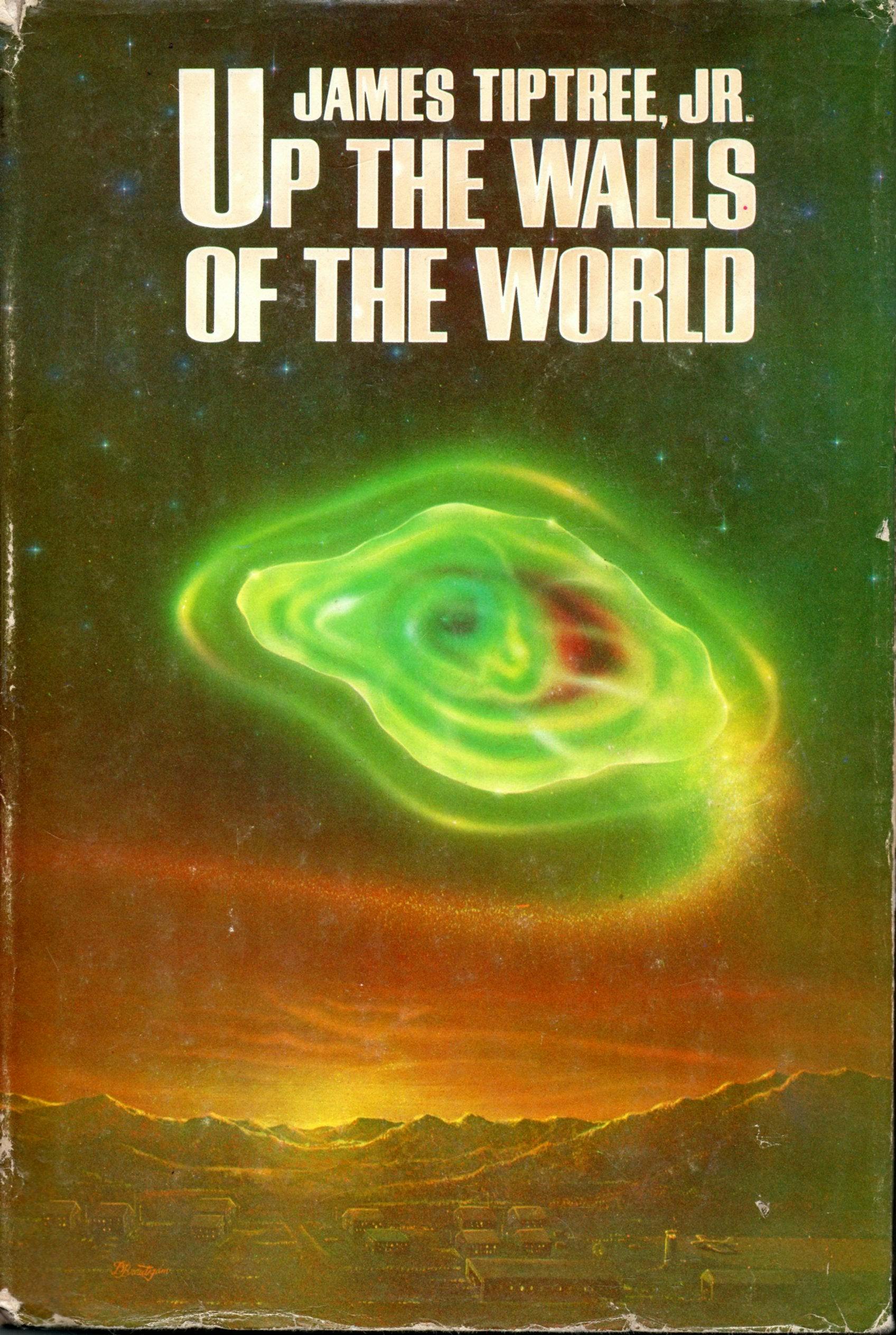
Berkley Publishing Corp
Up the Walls of the World was the debut novel of Alice Sheldon, who wrote under the pseudonym James Tiptree Jr. It entwines three storylines that explore telepathic powers. The Destroyer is a giant alien entity that seeks to destroy intelligent life. Tivonel is a manta-ray like alien on the planet Tyree. Tyree is threatened by the approach of the Destroyer, and the Tyreens decide to transmit their minds to humans on Earth in an attempt to save themselves. Dr. Daniel Dunn works in a telepathic medical lab run by the navy, and his mind is the first to be taken by the desperate Tyreens. Troi fans will enjoy the multiple explorations of telepathic powers and how they can be used for both good and evil purposes.
Beverly Crusher — Dreamsnake by Vonda N. McIntyre

Quercus Publishing
On a post-apocalyptic Earth, a young healer named Snake heals by using snake venom. She travels from village to village healing those she can, but one village’s fear leads to the death of her rare dreamsnake. Dreamsnakes come from another world and the few that exist on Earth have been cloned. Snake must make amends with her estranged royal family in order to acquire a new one but, on her way there, she finds more and more people who need her help and who become bound to her quest to replace her dreamsnake. Dr. Crusher would love reading about a young healer going on adventures in her quest to help others.
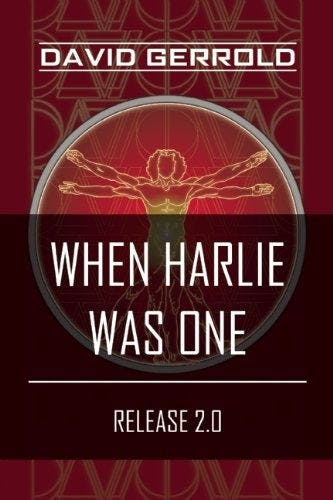
Nelson Doubleday
HARLIE is the first artificial intelligence, and his name is an acronym for Human Analog Replication, Lethetic Intelligence Engine. He’s raised by psychologist David Auberson from childhood to adulthood. David teaches HARLIE all the intricacies and complications of being human, from emotions to gender identity to religion. When the department threatens to cut funding and shut HARLIE off, he decides that now might be a good time to create God. Data and HARLIE have many of the same struggles in their quest to become more human.
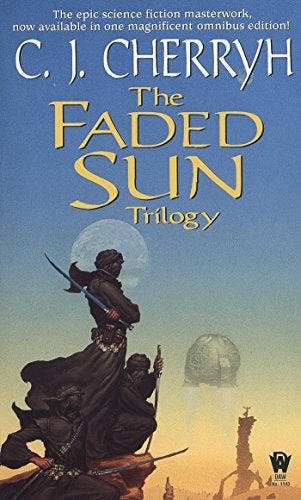
DAW
The mri are honor-bound and warrior aliens who once served as galactic mercenaries, but now have lost a war with humans. In book one, The Faded Sun:Kesrith, Niun — one of the last remaining mri warriors — teams up with his sister and priestess Melein, and the human Sten Duncan to try and find a holy relic that could possibly save the mri from extinction. Niun and Worf share many characteristics, and Worf would surely empathize with Niun’s quest to save his species while feeling honor-bound to reject any and all help from well-meaning members of the enemy species.
Benjamin Sisko — Nova by Samuel R. Delany

Vintage
Nova combines philosophical meanderings with a plot that revolves around revenge, space pirates, and a holy grail-type quest. It alternates perspectives between three characters: Mouse, a young traveler from Earth who plays a musical instrument called the sensory syrynx; Katin, an intellectual who dreams of writing a real novel, which are now obsolete; and Captain Lorq van Ray, who leads his crew on a perilous revenge mission against a family almost as powerful as his own. Sisko’s character Benny Russell from the episode “Far Beyond the Stars” (DS9, S6, E13) was partially based on Samuel R. Delany and his career.
Kira Nerys — The Telling by Ursula K. Le Guin
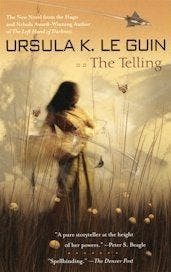
Harcourt
Anthropologist Sutty crosses space to study Aka culture, but by the time she arrives (space travel takes decades), Aka culture has shifted from a literate society to an intentionally illiterate society of producer-consumers. Books, written language, and religion are outlawed, and those found rebelling against The Corporation are sent to camps to be ‘rehabilitated.’ Sutty is sent to a remote village where the villagers still practice the old religion, the Telling, and hide their books in a secret location. While The Telling is one of Le Guin’s later works, it best captures the combination of Kira’s rebellious and spiritual personality.

First Second
Jack Vance first published the short story “The Moon Moth” in Galaxy Science Fiction in 1961, and it has since been turned into a graphic novel with beautiful illustrations by Humayoun Ibrahim. Edwer Thissell is Earth’s consul on the planet Sirene. The Sirenese take etiquette very seriously and cover their faces with intricate masks to indicate social status. They also sing to communicate. Edwer, a terrible singer and unfamiliar with Sirenese customs, is forced to wear the Moon Mask, which denotes those of lowest status. When a notorious assassin lands on the planet and manages to impersonate one of the Sirenese, it’s up to Edwer to find and arrest him. Odo would relish trying to solve this murder mystery wrapped up in an alien culture.
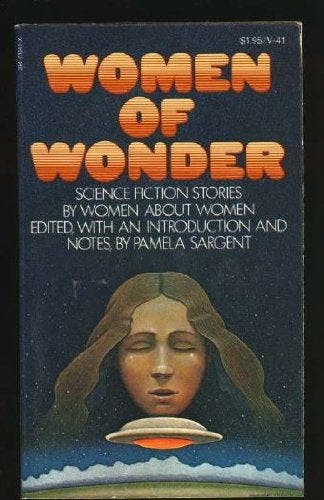
Random House Inc.
Pamela Sargent compiled the 13 stories and poems in this anthology in 1975, a time when women science fiction writers were in the minority. The oldest story in the collection — “That Only a Mother” by Judith Merril — was first published in 1948. The collection includes famous authors like Ursula K. Le Guin and Anne McCaffrey as well as lesser-known authors like Sonya Dorman and Katherine Anne MacLean. Fans of Janeway will be fascinated by these early women science fiction authors and their impact on the genre.
Seven of Nine — Dawn by Octavia Butler
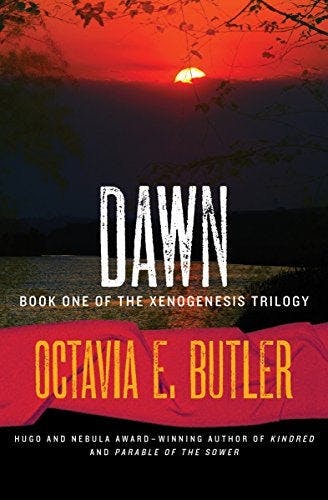
Aspect
Dawn is book one of Octavia Butler’s Xenogenesis trilogy. After Earth has been consumed in atomic fire, Lilith awakens on an alien ship 250 years later. Aliens called the Oankali have saved what humans they could, and now plan to repopulate Earth with a genetic combination of humans and Oankali. They believe the combination of the two will create a superior being. They expect Lilith to be a liaison between the remaining humans and the Oankali and to help train them to the hardships they’ll face on Earth. Though well-meaning, the Oankali are as sinister as the Borg, and there are many parallels to be made between their motivations and the Borg’s. Content warning for rape.
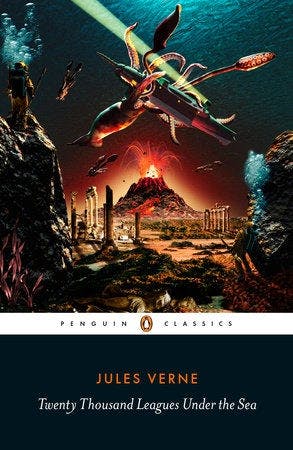
Wordsworth Classics
Twenty Thousand Leagues Under the Sea is a Jules Verne classic. First published in 1869, it came to shape science fiction as a genre. When a monster appears in the seas, the United States Navy forms an expedition to destroy it. After months of searching, the crew finally find the monster and attack it. Several of the crew manage to climb atop it and discover that it’s a giant, futuristic submarine, not a monster. They’re captured and brought inside the submarine, where Captain Nemo informs them they’ll never be allowed to leave. In the episode “Thirty Days” (VOY, S5, E9), Paris recalls that this was one of his favorite books growing up.
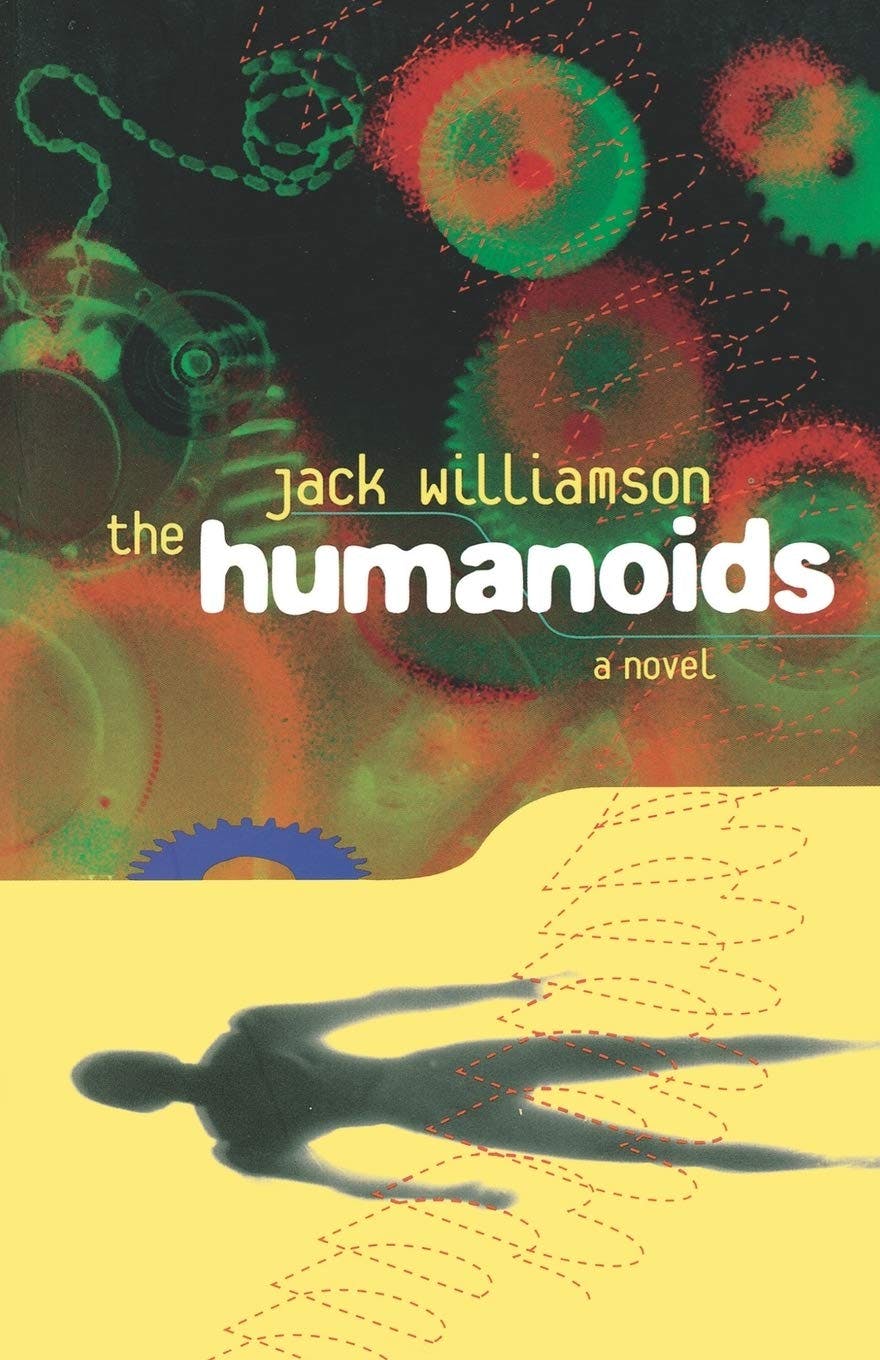
Spectrum Literary Agency
First published in 1948, The Humanoids has become a classic in artificial vs. natural life. Scientist Dr. Warren Mansfield creates the perfect servants for humankind--human-like androids who are programmed “to serve and obey, and guard men from harm.” He calls them the Humanoids, and they’re sent out into the world ready and willing to keep people from harm, and the best way to do that is to forbid them from doing anything potentially dangerous. As they spread through the galaxy, they slowly become the masters of humanity. This book is an early predecessor to Dahj’s storyline in Star Trek: Picard.
Cristóbal "Chris" Rios — And Still the Earth by Ignácio de Loyola Brandão, Translated by Ellen Watson

Dalkey Archive Press
Ignácio de Loyola Brandão is an award-winning and bestselling author in Brazil, and And Still the Earth is considered one of his best novels. It takes place in a near future dystopian São Paulo after an environmental collapse. The System keeps people in check by ensuring no one consumes too much or uses too much energy, and it does so by monitoring every individual’s movements. Sous used to be a history professor, but now he works as a minor functionary and spends most of his time ruminating about the past. Rios would be drawn to Sous’s existential plight.
The Computer — “The Machine Stops” by E.M. Forster
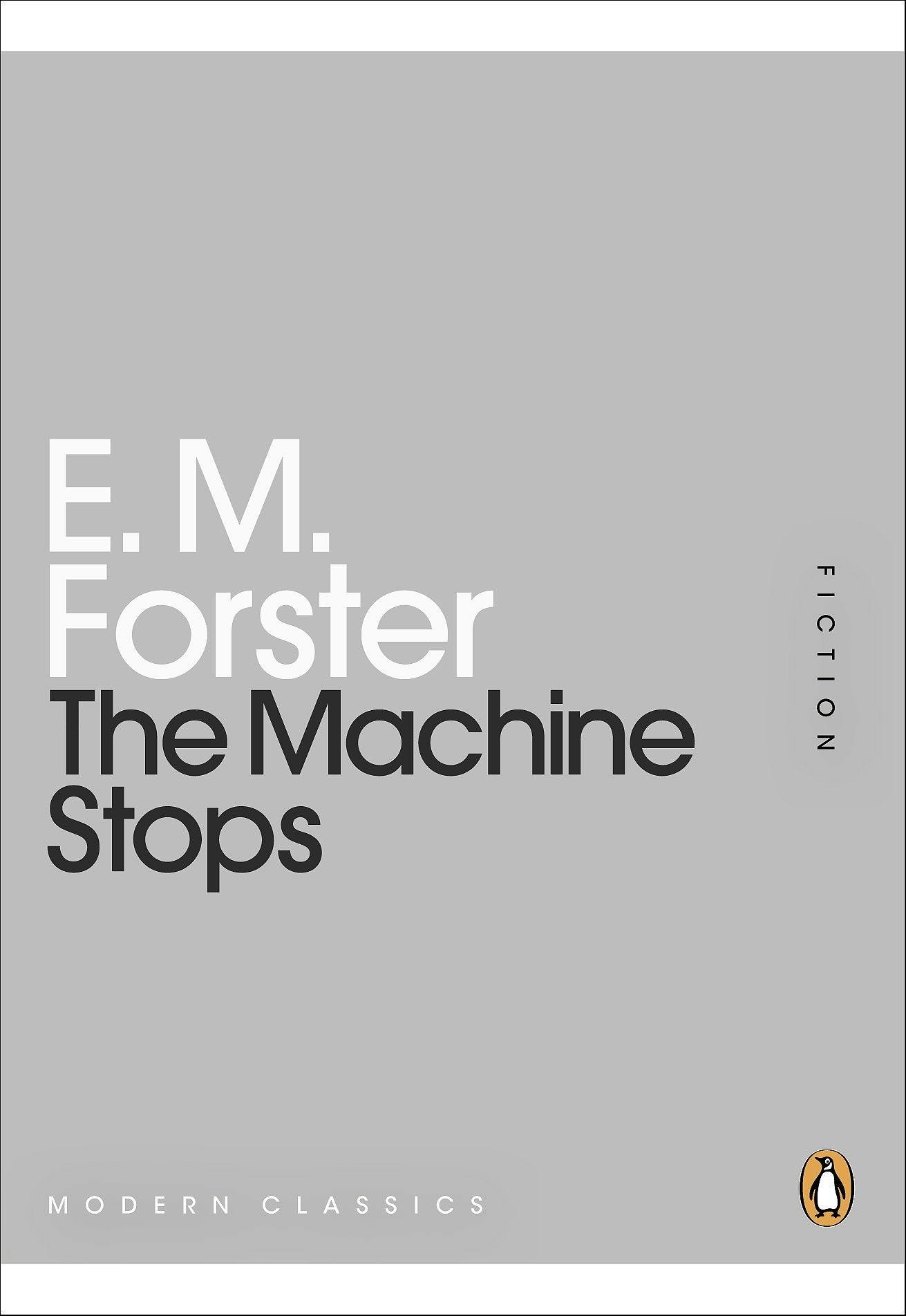
Lits
E.M. Forster is best known for the beautiful classic novels A Room with a View and Howard’s End— which have no sci-fi elements whatsoever — but he also wrote short stories, and this one was amazingly prescient. In a dystopian future, humanity lives underground where the Machine takes care of all their needs. People live in isolation and communicate through videos and instant messaging. Vashti is content with her life being served by the Machine, but her son Kuno, who lives across the world, is not. Kuno wants to escape the Machine and live above ground. Despite being written more than a century ago, “The Machine Stops” predicts technologies like the cell phone and the internet. The Machine performs many of the same actions as the Computer from Star Trek, though this story has more sinister tones.
Ethan Peck Reads Too Many Tribbles
Margaret Kingsbury (she/her) is a contributing writer at Book Riot, where she raves about the SFF books she loves. She writes about children's books at Baby Librarians, a website she co-founded, and you can find her on Twitter @areaderlymom and on Instagram @babylibrarians

